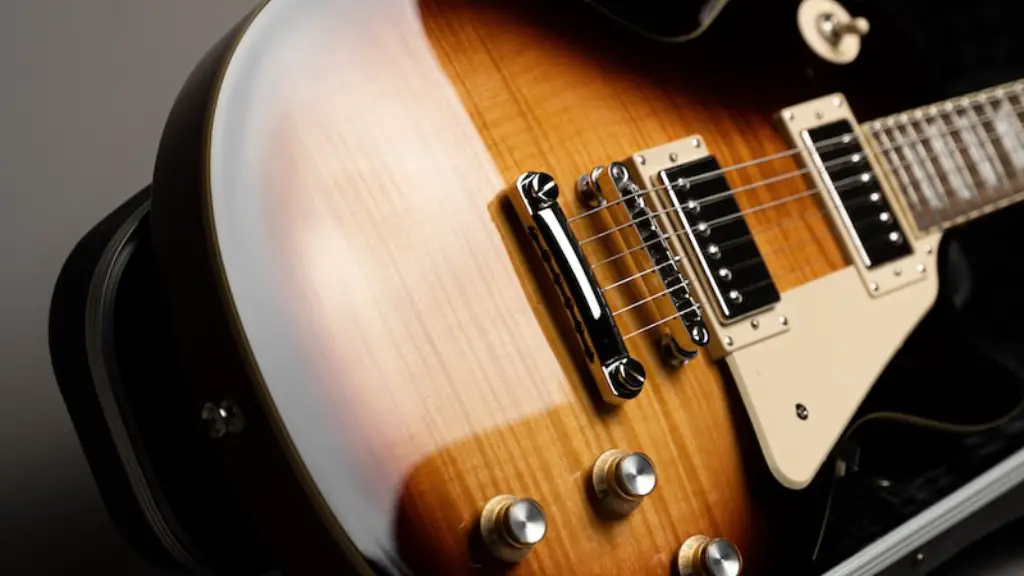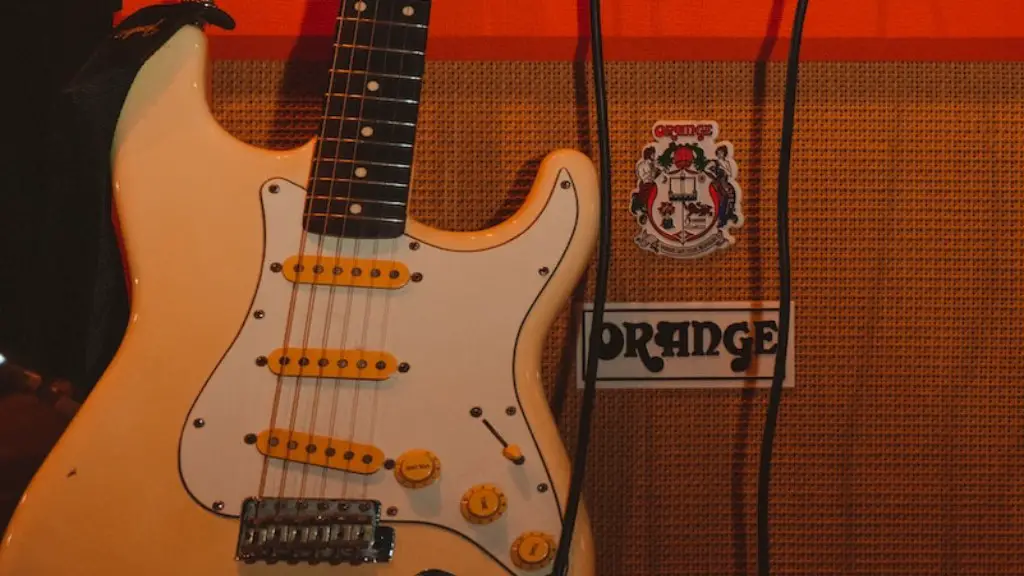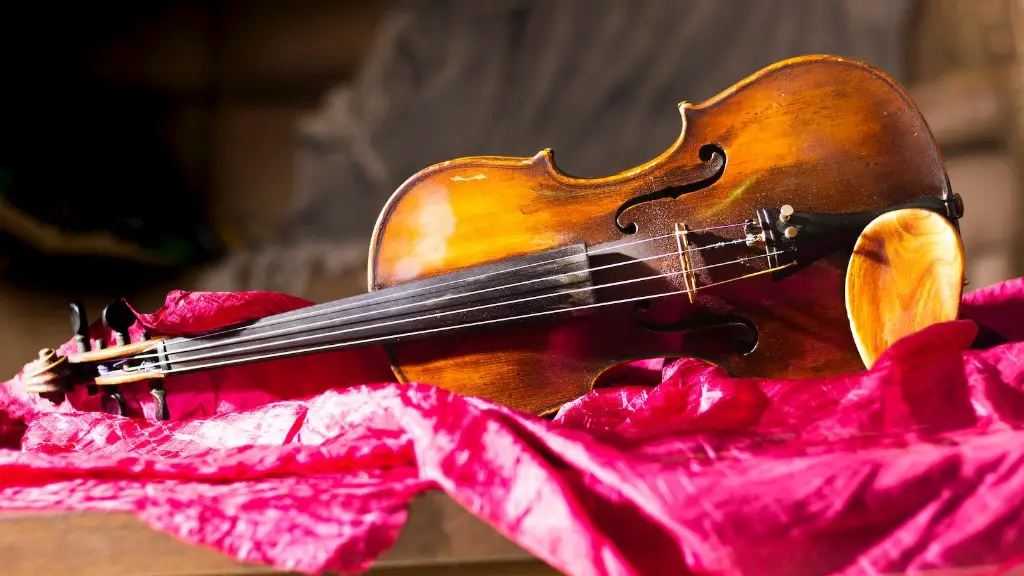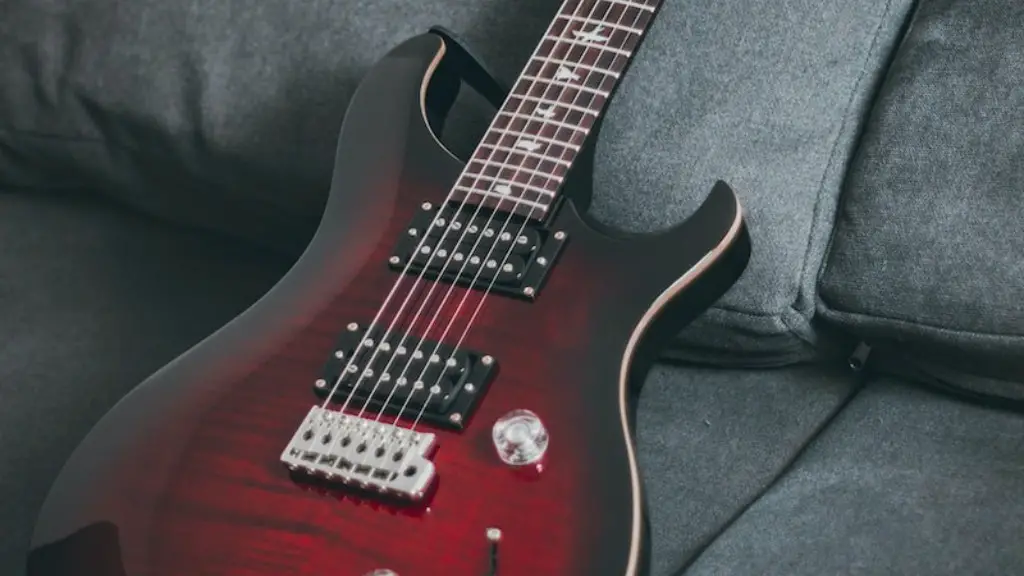Getting a good tone on an electric guitar can be a challenge for inexperienced guitar players. But with a few tips and tricks, you can improve your sound and make your electric guitar sound great.
The first step is to get the right equipment. You’ll need a quality electric guitar, an amplifier, and quality strings. The strings are especially important; they should be replaced regularly to maintain good tone. Once you have the right equipment, it’s time to start experimenting with different settings on your amp. You can adjust the knobs until you find the perfect sound for your playing style.
Finally, you’ll need to practice regularly and listen carefully to your sound. Even small adjustments in your playing style or tone settings can make a big difference in your sound. With enough time and effort, you’ll be able to get great tone from your electric guitar.
Choose the Right Pickups for Good Tone on Electric Guitar
The pickups on your electric guitar are one of the most important components when it comes to producing a good tone. Pickups are responsible for capturing and amplifying the sound of your strings, so choosing the right ones is essential. Humbuckers are a popular choice for most genres, offering a much fuller sound with more distortion and clarity than single-coils. P-90s are also popular, providing a bright, clear tone with plenty of sustain. Active pickups can be great too, offering more control over your sound with built-in EQs and higher output levels. When it comes to finding the right pickups for your guitar, experimentation is key. Try out different models to get an idea of what sounds best for you and your playing style.
Getting the Best Tone from Your Electric Guitar
Having the perfect tone on your electric guitar is essential to getting the sound you want. Adjusting your tone knob is a great way to find the right sound for you. The tone knob adjusts the brightness and timbre of your sound, and can make a huge difference in how your guitar sounds. To get started, turn the knob up all the way until it’s completely open. This will give you a brighter, clearer sound. If you want more warmth and depth in your tone, turn the knob down until it’s halfway closed. This creates a mellower sound with more presence.
You can also experiment with different settings to find what works best for you. Try turning the knob all of the way down for a darker, thicker sound or adjust it up slightly for more clarity and brightness. You can also use the tone knob to create subtle tonal variations when playing different chords or notes on your guitar. With some practice and experimentation, you’ll be able to dial in just the right mix of brightness and warmth that suits your style of playing.
In conclusion, adjusting your tone knob is an easy way to get great results from your electric guitar. It’s important to experiment with different settings until you find what works for you and your music – this will help ensure that you get the best possible tone from your instrument!
Use Quality Cables
Getting good tone on electric guitar is an integral part of the instrument’s sound. One way to do this is by using quality cables. Quality cables will eliminate hum and interference, allowing for a crystal-clear sound that won’t be distorted or muddy. They also reduce the amount of signal loss as the signal travels from one device to another.
Using quality cables also ensures your guitar will be more reliable, as it won’t easily break due to faulty connections or poor wiring. Quality cables are more durable and can even last longer than the cheaper alternatives. It’s worth investing in quality cables that can withstand regular use and abuse over time.
Finally, investing in higher quality cables can help you get the most out of your guitar and amps, ensuring a rich, full sound. High-quality cables may cost a bit more up front, but they’re well worth it in the long run for their superior sound and longevity.
Set Up Your Guitars
Getting good tone on electric guitar can be tricky, but with a few simple steps you can get the sound you desire. Start by adjusting the height of your pickups. The higher they are, the more clarity and output you will get. Make sure to adjust each pickup individually for even tone across all strings. Next, adjust the action of your strings. This is the distance between the string and fretboard, and it affects playability and tone. If it’s too low, you’ll get buzzes; too high and you’ll have trouble fretting notes.
An often overlooked step is intonation. This is where you adjust the length of the strings so that when fretted at any point along the neck all notes will be in tune. Finally, setting up your amp correctly can make a huge difference in tone. Dial in your gain, EQ settings and reverb to suit your needs. Experiment with different settings to find what works best. With these steps in place, you’ll be rocking out with great sounding guitars in no time!
Choosing the Right Amp and Effects Pedals for Good Tone on Electric Guitar
Getting good tone on electric guitar is all about finding the right combination of amp and effects pedals. The amp will determine the basic sound and character of your guitar, while effects pedals can help to shape and customize your tone. Consider the type of music you typically play when selecting an amp, as different amps are designed for different styles. For example, a clean-sounding model with simple controls may be better suited for jazz or blues, while a higher gain model with more control knobs may be better for rock or metal.
When it comes to effects pedals, there are a wide range of options available. Compressors and EQs can help to enhance dynamics and sculpt your tone, while distortion pedals can add grit and gain if you’re looking for a heavier sound. Reverb is also popular for creating a sense of space around your guitar parts. Experiment with different combinations of pedals to find the sound that works best for you. Ultimately, having the right setup will make all the difference in capturing great guitar tones.
Getting Good Tone on Electric Guitar
One of the most important aspects of playing electric guitar is getting a good tone. It can be difficult to achieve, but with the right knowledge and equipment, you can get excellent results. The first step is to choose a quality instrument and amplifier. Make sure the pickups are appropriate for the type of music you play. Then, experiment with different settings on your amp to see what works best for your sound.
When it comes to effects, there are a lot of options out there. Reverb, delay, distortion – each one can add something unique to your tone. Don’t be afraid to experiment and find out what works best for you. Remember that less is often more when it comes to effects. You also want to make sure that your strings are in good condition and properly intonated. This will make a big difference in your sound quality as well.
Finally, practice! Developing a good technique will help you achieve the tone you desire without relying too heavily on effects or other equipment. It takes time and effort, but developing good habits will make all the difference in your playing. With patience and dedication, you’ll be able to get great tone out of any electric guitar setup.
The End
In conclusion, the key to getting a good tone on electric guitar is to experiment and find the right combination of amplifier and effects pedals that work best for your style of playing. It may take some time, but with patience and practice, you’ll get the sound you’re looking for. Remember: there’s no one-size-fits-all solution when it comes to electric guitar tone. With a little bit of experimentation and creativity, you can create an amazing sound that’s uniquely yours.




